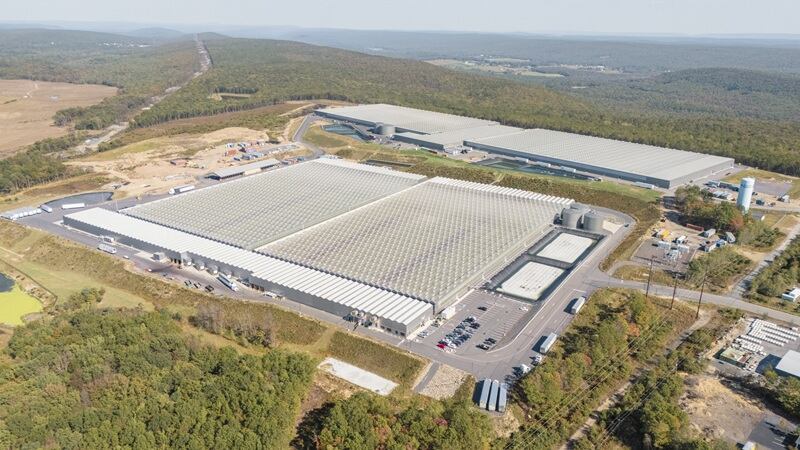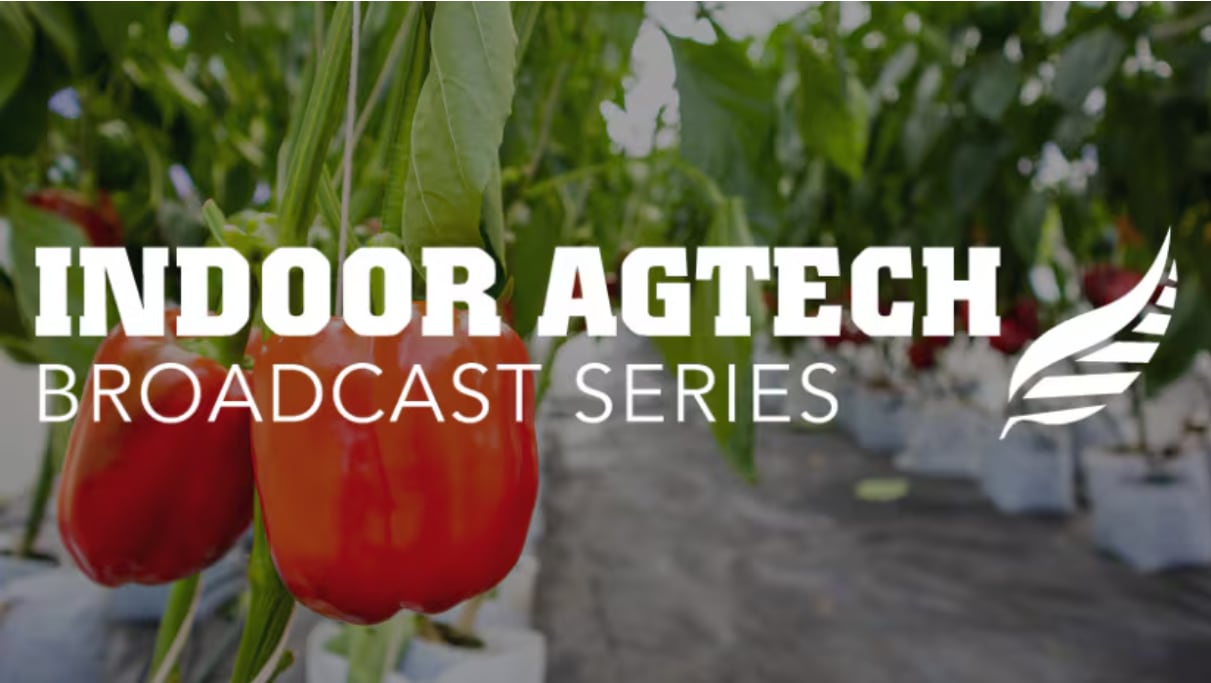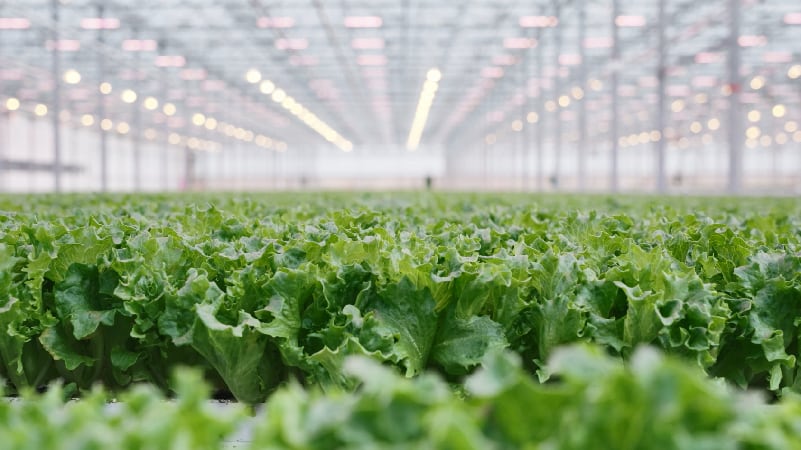Controlled environment agriculture (CEA) company Little Leaf Farms is expanding its manufacturing capacity to meet demand for its leafy greens, as greenhouses are reinventing the food supply chain with an eye to the past, Paul Sellew, founder and CEO of Little Leaf Farms.
A new 40-acre greenhouse located on the company’s McAdoo, Penns., will support the company’s ambition in the Midwest, Southeast, and Canada, the company shared in a press release. Little Leaf Farms will use the new facility to expand its distribution of romaine leaf lettuce.
Little Leaf Farms’ greens are “clean from the start” and do not require any pesticides or herbicides, since “there are no disease vectors,” Sellew explained. The company is the leading CEA brand and fastest-growing packaged salad company, according to Nielsen data ending Sept. 6.
Are greenhouses over vertical farms the way forward for the CEA industry?
Little Leaf Farms’ expansion and market success come as the CEA segment continues to find its footing, following several high-profile bankruptcies of vertical farms, like Freight Farms, and lower levels of venture capital funding.
Many vertical farms struggled to recreate farming conditions and could not achieve the right unit economics to be sustainable for the long term.
“When you look at the logic of a vertical farm – the converted warehouse [and] not using natural sunlight – ... they have a problem with this thing called the sun. And so, if you examine that logic, all plants have evolved to grow on this planet under the rays of the sun. The sun is 100% reliable. The sun has full photosynthetic spectrum. The sun does not generate carbon emissions. The sun is 100% reliable, and it helps heat your building, your greenhouse, three of the four seasons of the year,” Sellew added.
Modern greenhouses are now being equipped with water storage and thermal curtains to better manage resources, Sellew said. However, at the end of the day, CEA is like any other kind of farming, as indoor growers worry about keeping their plants alive and thriving just the same, he noted.
“I have millions and millions of live plants, so no different than a field farmer. That is what they call farming risk. And you have that in CEA, you have that in field farm. We have more control, obviously, because we are inside of the building that is climate control, but you still have that basic biological and crop risk,” Sellew elaborated.
CEA brings consumers, growers closer together
CEA can also change how growers can feed their communities, after years of the farmer and end-consumer growing further apart, Sellew noted. Little Leaf Farms can harvest greens and ship to stores within 24-36 hours thanks to its logistics network, he added.
World War 2 changed the flow of agricultural goods, thanks to the interstate highway system and suburbs sprouting up during the post-war period, he said. CEA can return the food system to its roots of producing food for local communities, he added.
In the future, “you are going to have high-tech greenhouses that yield 30 times the amount of pounds per acre. So, therefore, you do not have to raze the suburbs. You can build these high-tech facilities outside of these urban markets and return them to their historical role of feeding the neighboring cities. This is a transformation that is going on, but in many respects, it is back to the future, albeit with different production technology,” Sellew elaborated.




